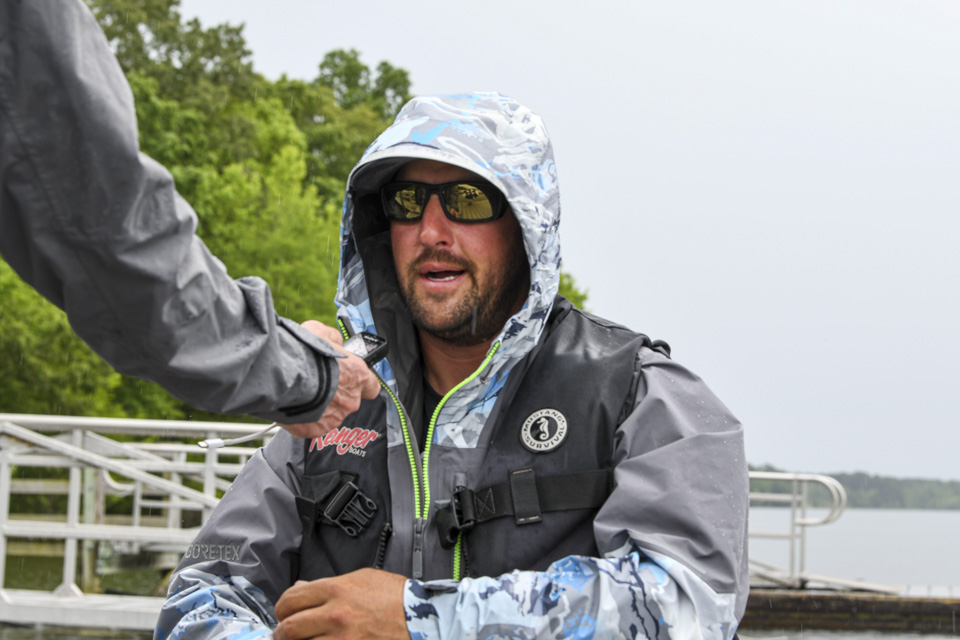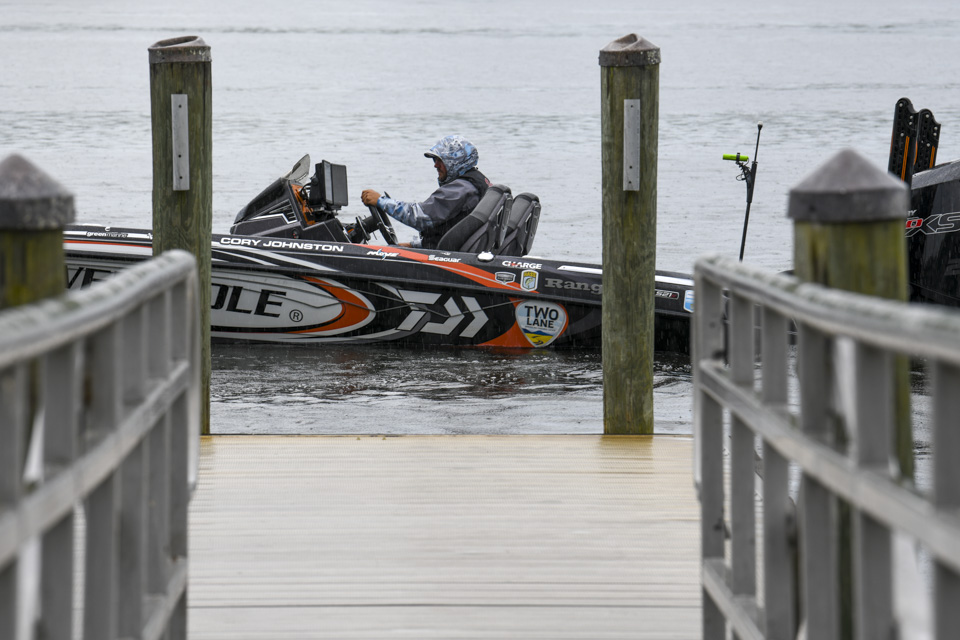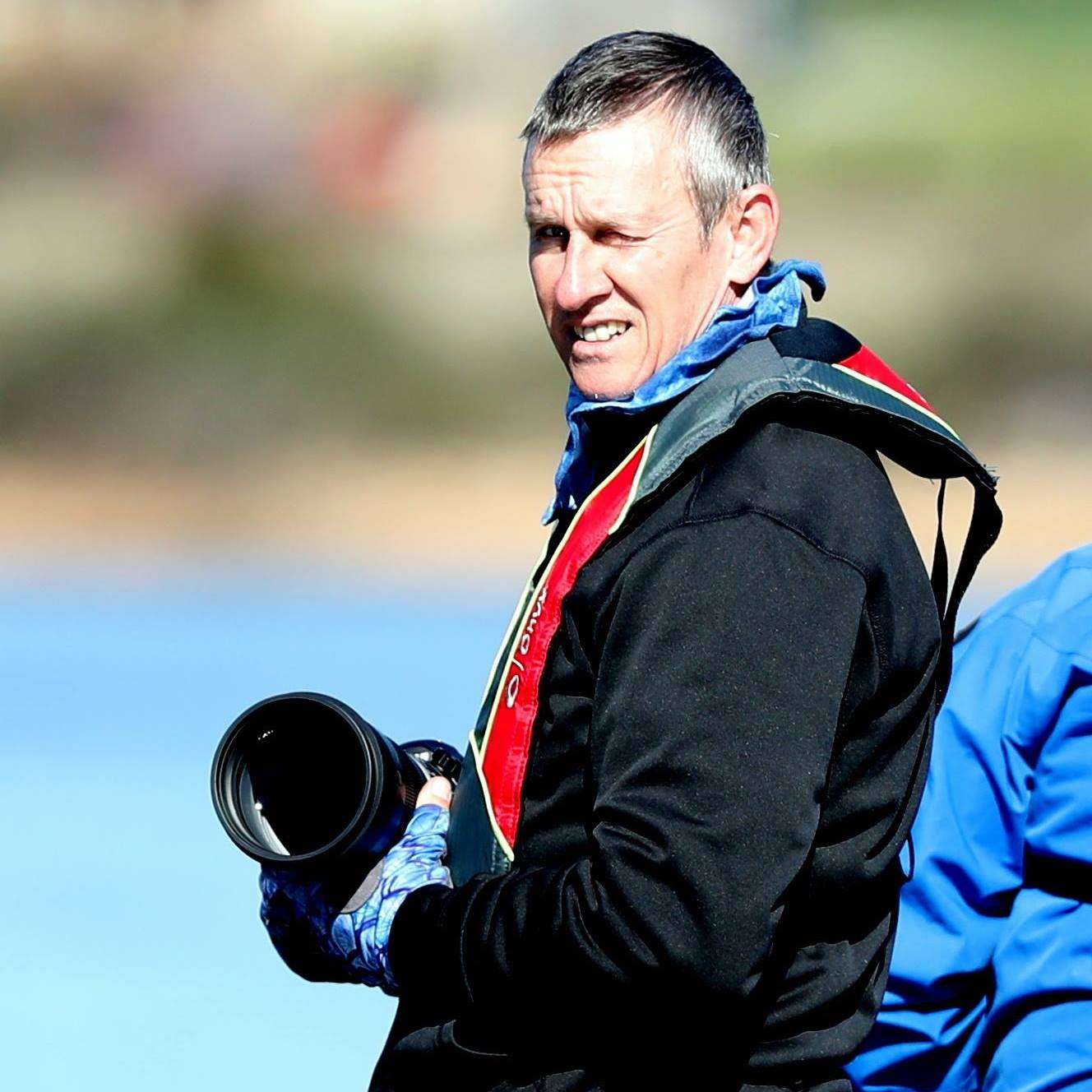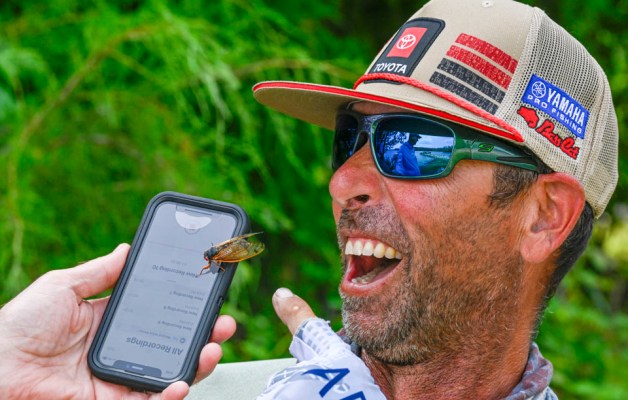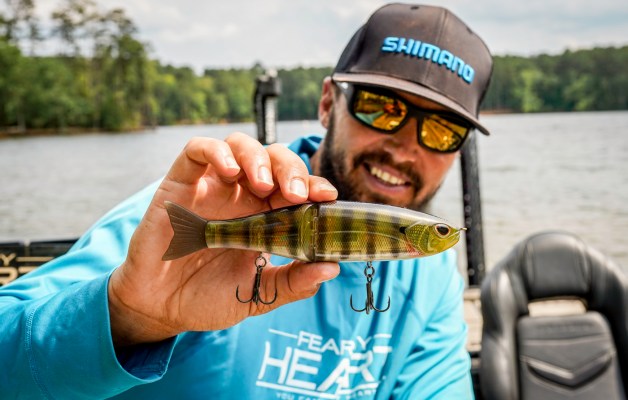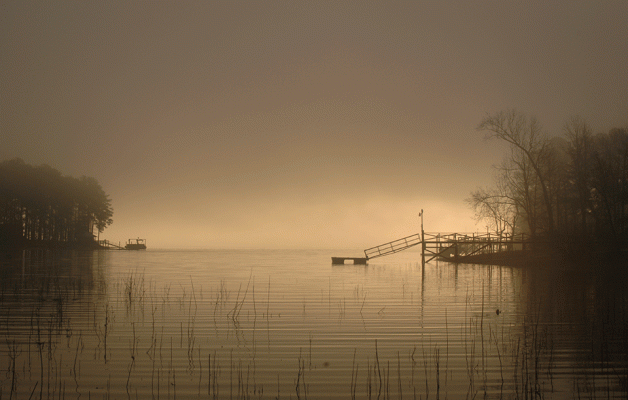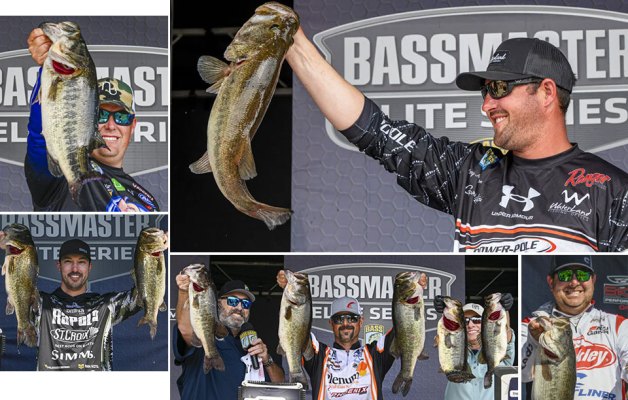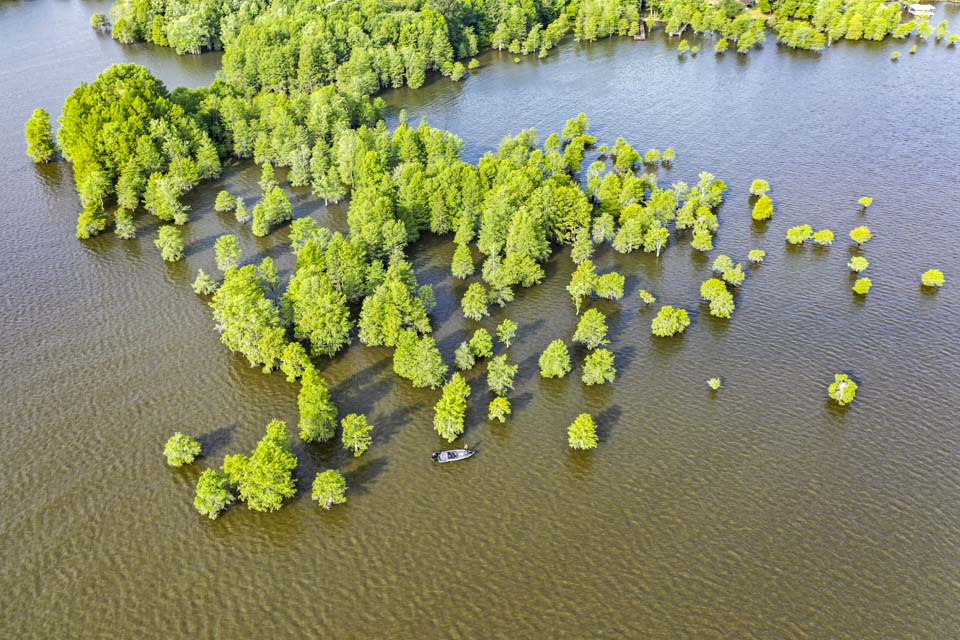
Photo: Craig Lamb

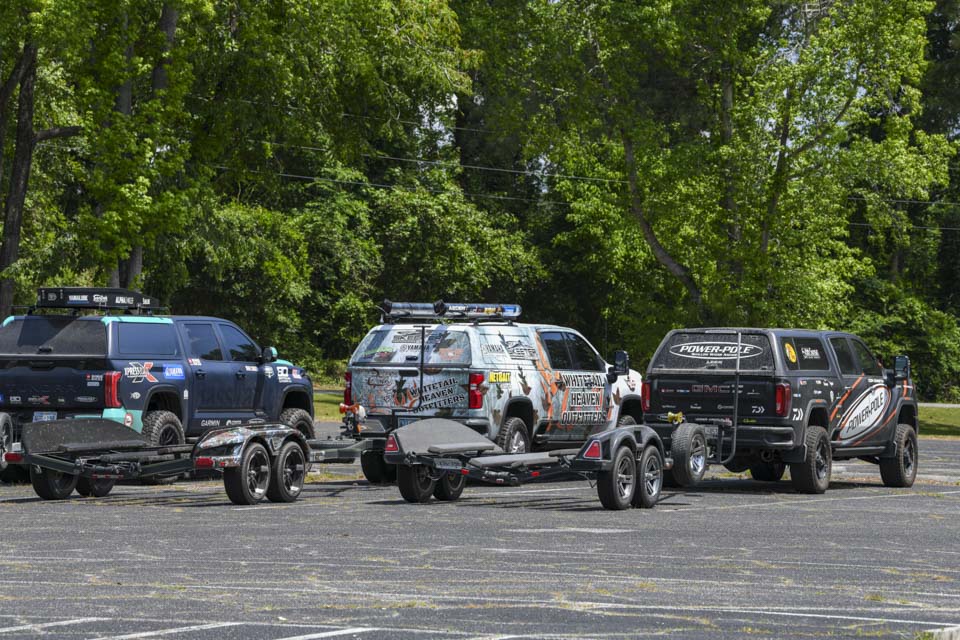
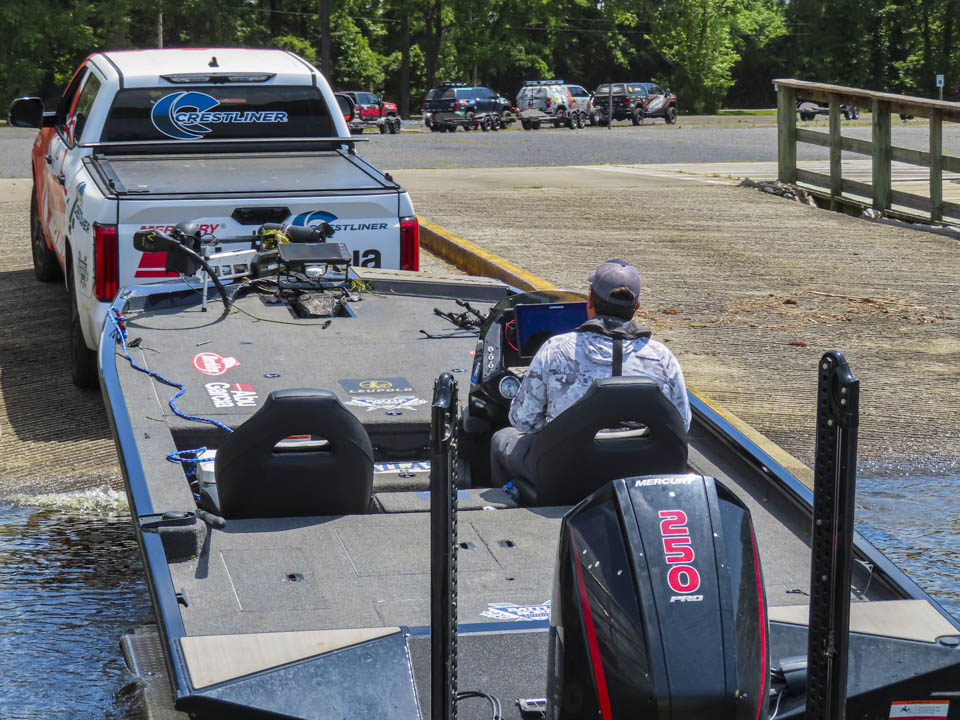
“I remember wondering what it looked like back in the day when Davy Hite described it on (Bassmaster) LIVE, and I’m seeing some signs of that when he described the eelgrass making it one of the best lakes in the nation.”


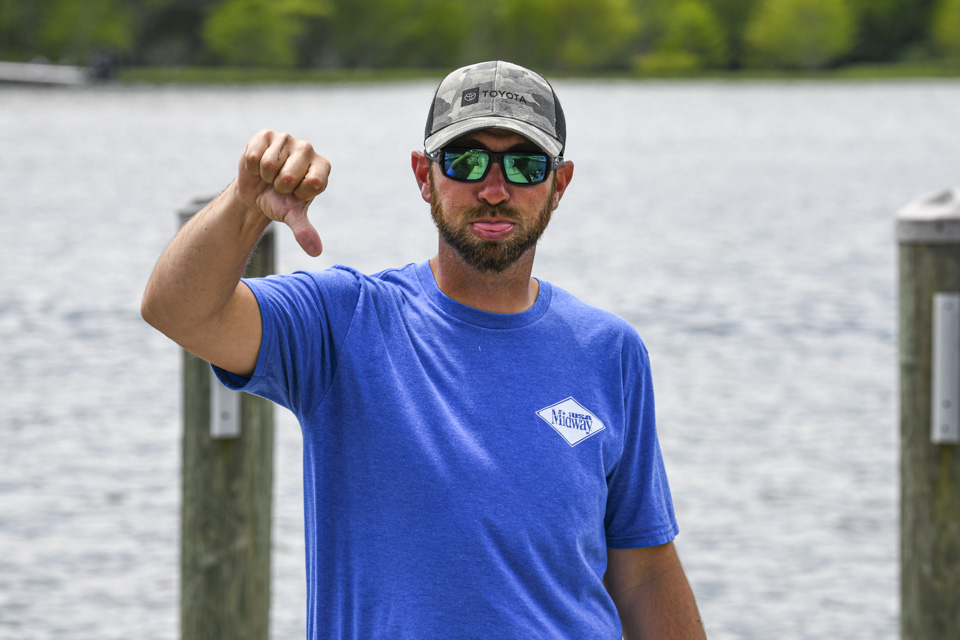
“I went to the area where I caught them last year and didn’t get a bite. It’s different this year, because there is a lot more vegetation in Marion. The bottom end has a lot more eelgrass, hydrilla and milfoil.”
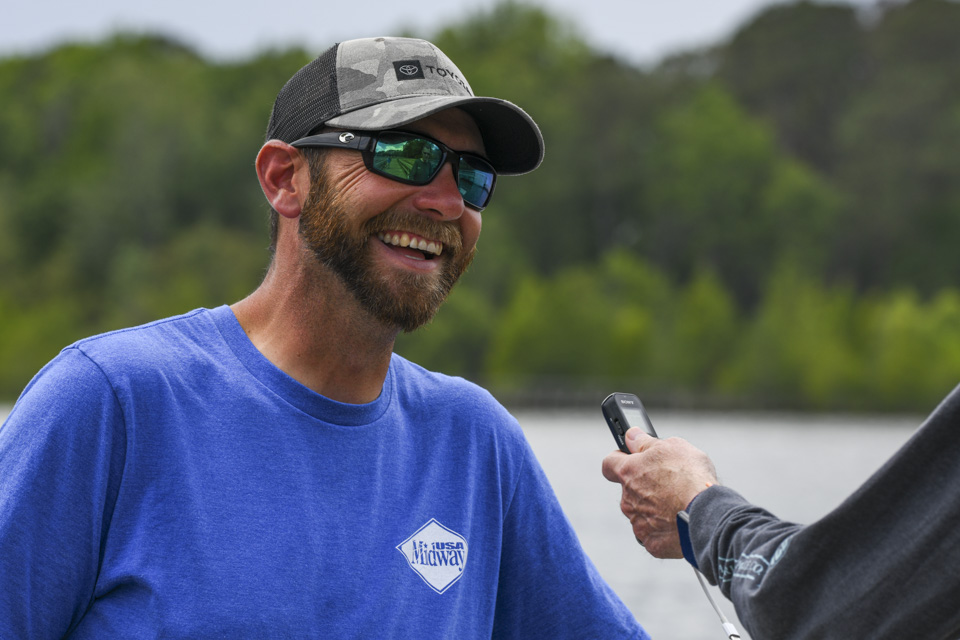

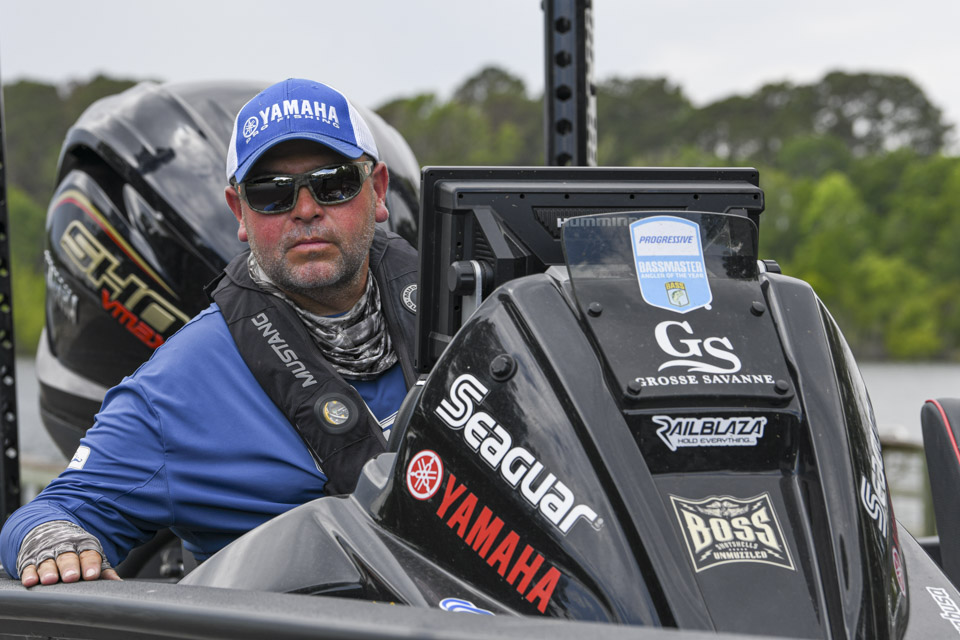
“From what I’ve seen it looks like there is not as many bass on beds as last year at Marion. The water temperature is also cooler. We are seeing water temperatures in the high 60s into the low 70s and it should be warmer.”

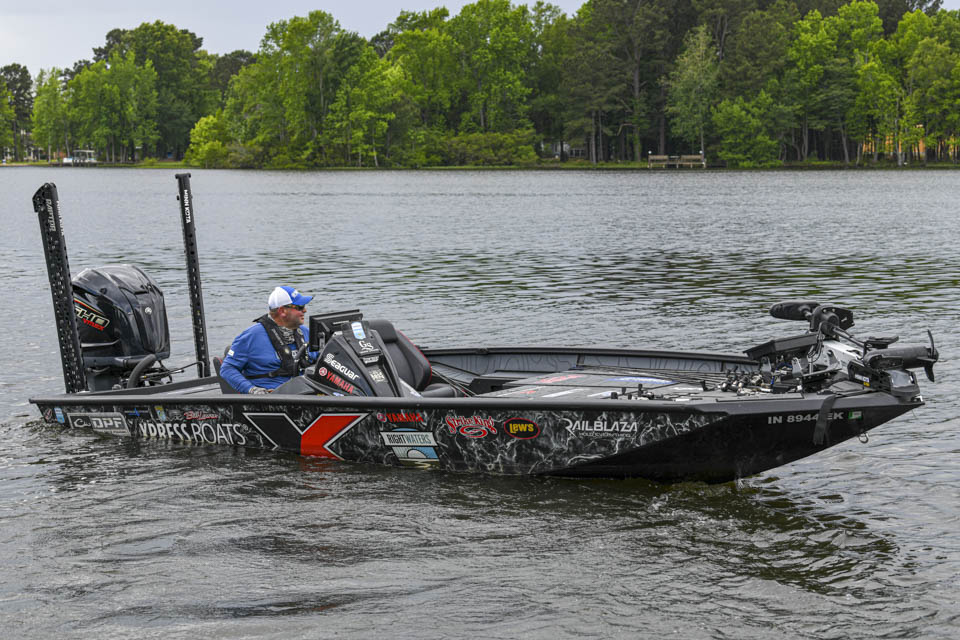
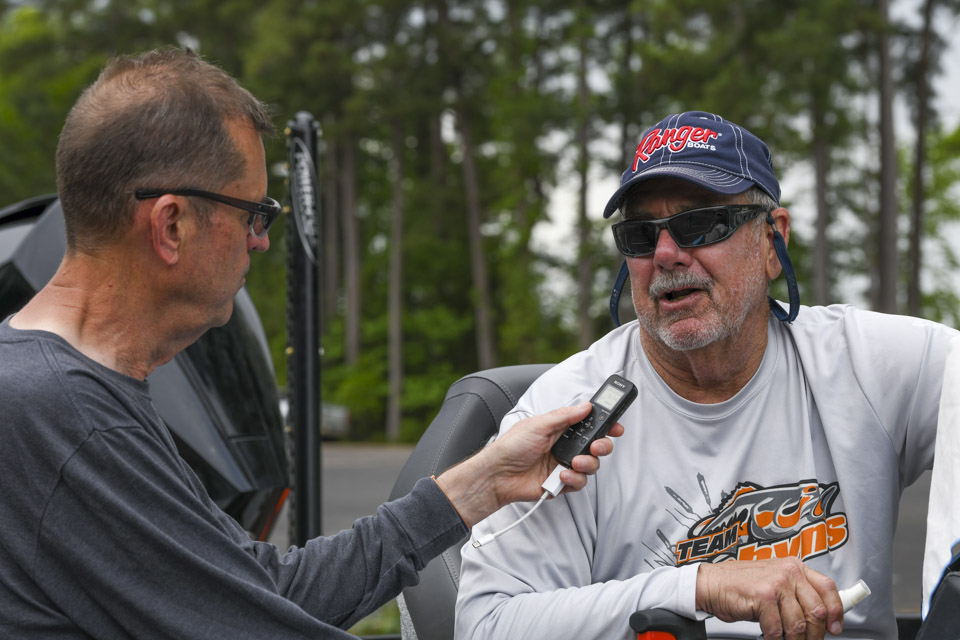
“I found some eelgrass in Moultrie but there is more to be had up here (in Marion). Eelgrass is very common here throughout.”
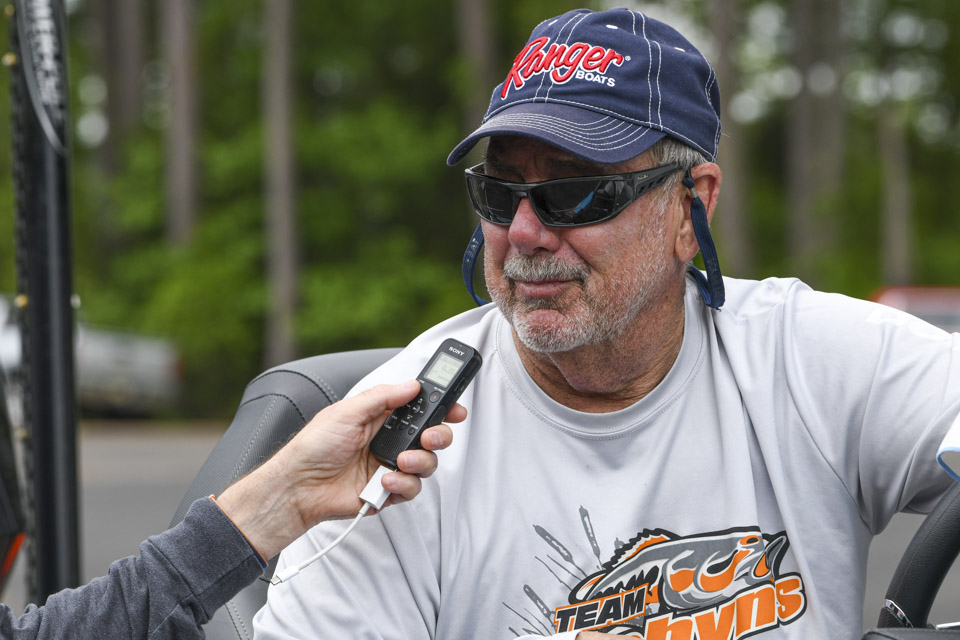
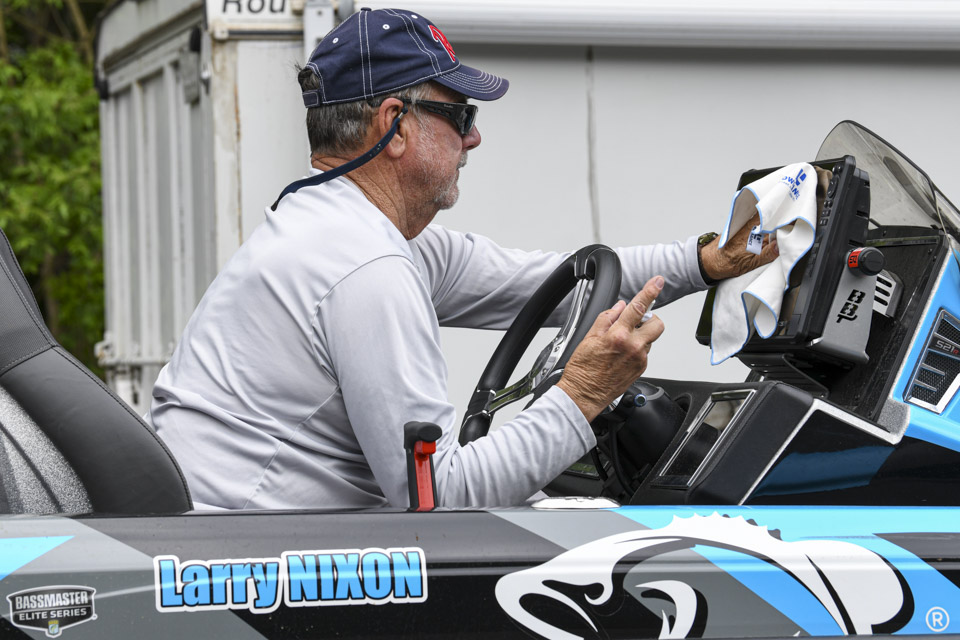
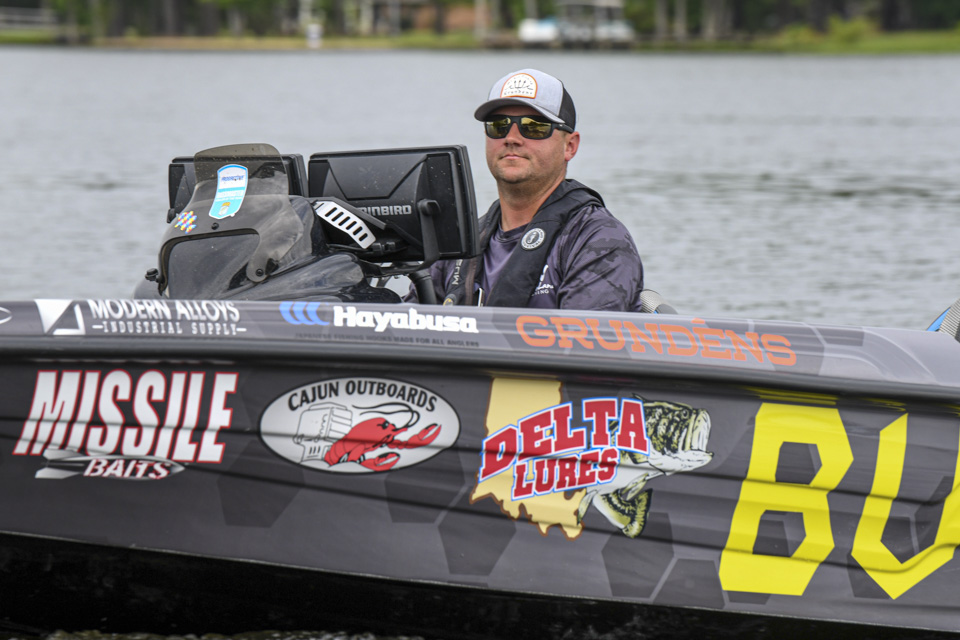
There is a lot of different types of grass, and it’s definitely leaning more toward the postspawn, at least right now.”
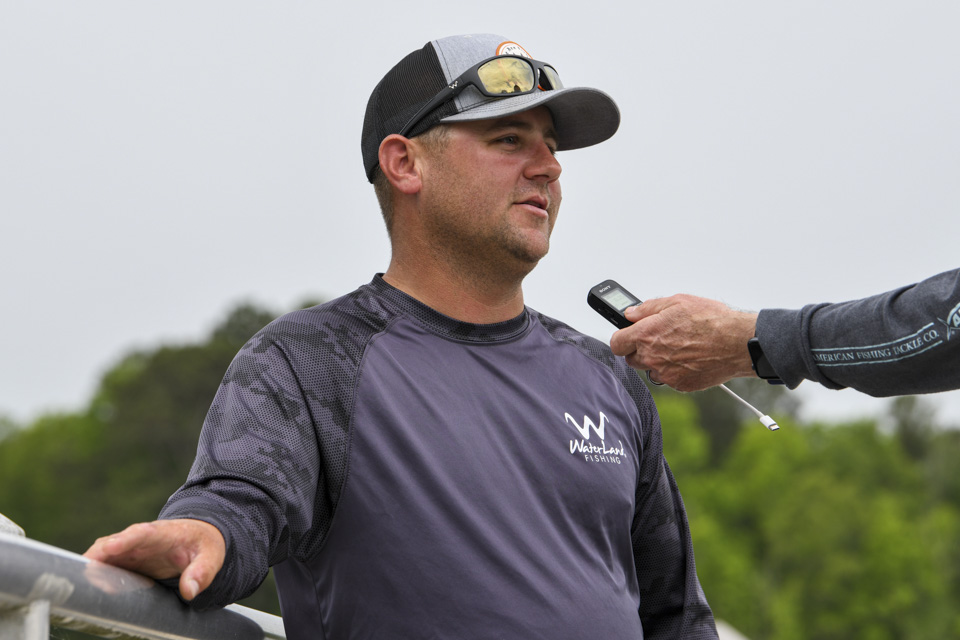
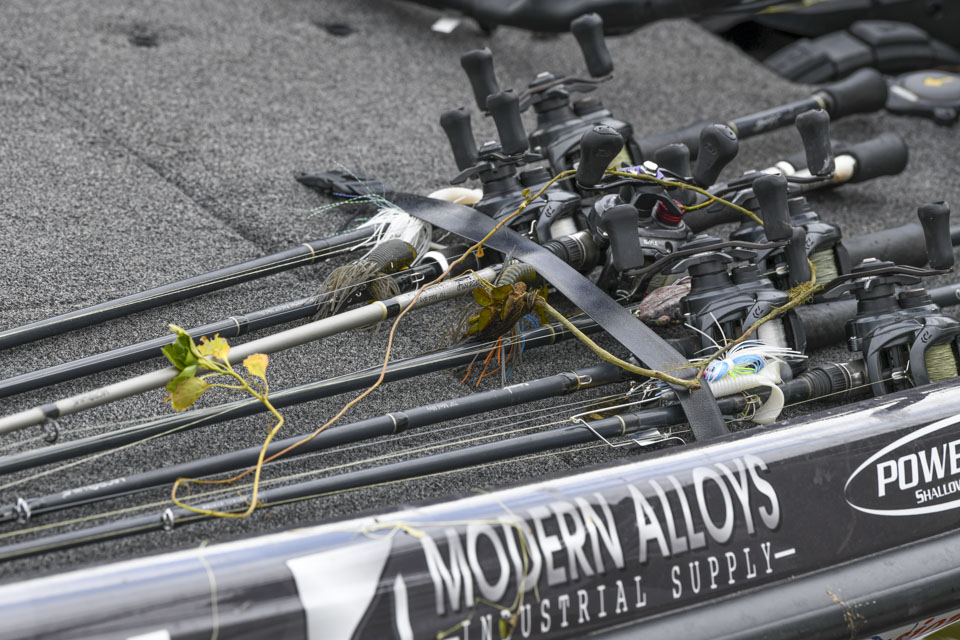

“The big difference between this year and last year is we had more bass coming up on the beds.”

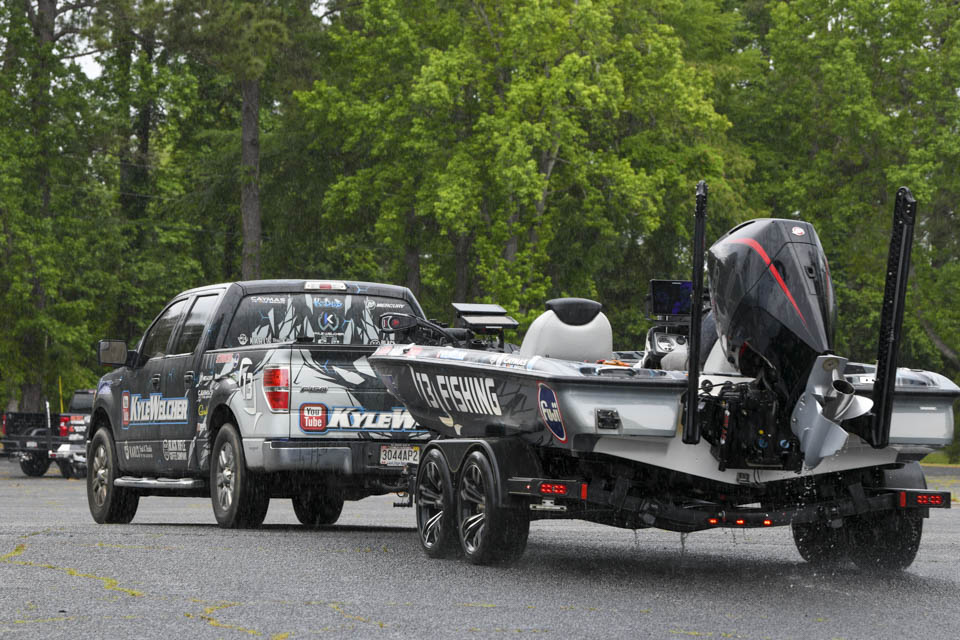
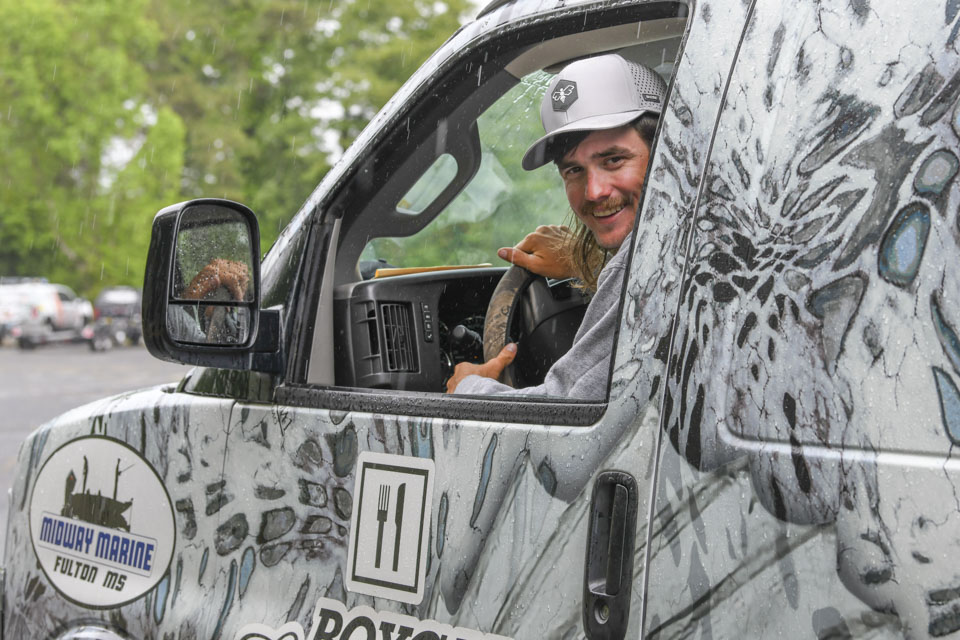
“There are fewer bass to be caught up shallow; a lot of them have spawned so we are into the postspawn.”
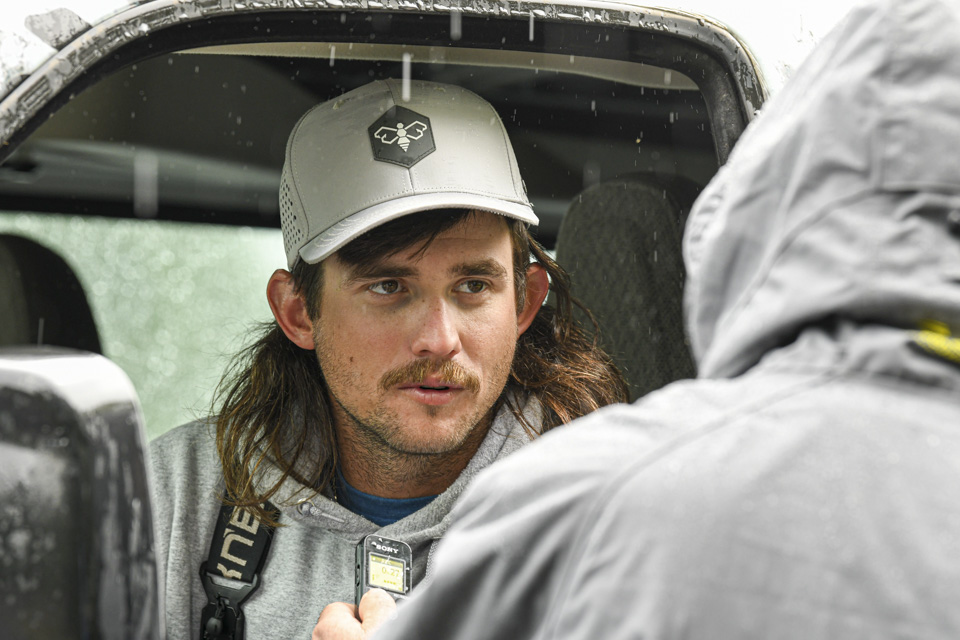
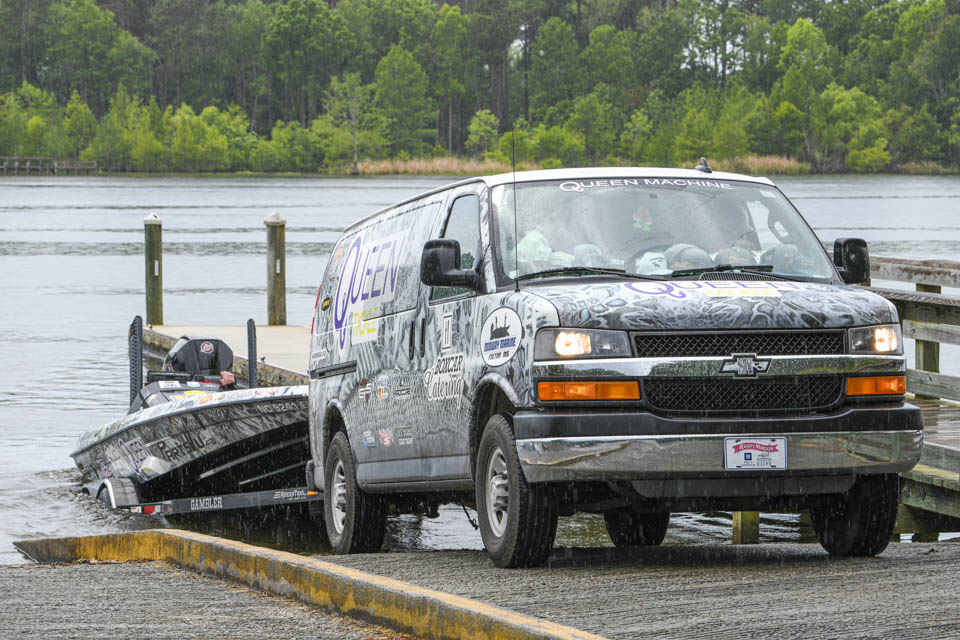
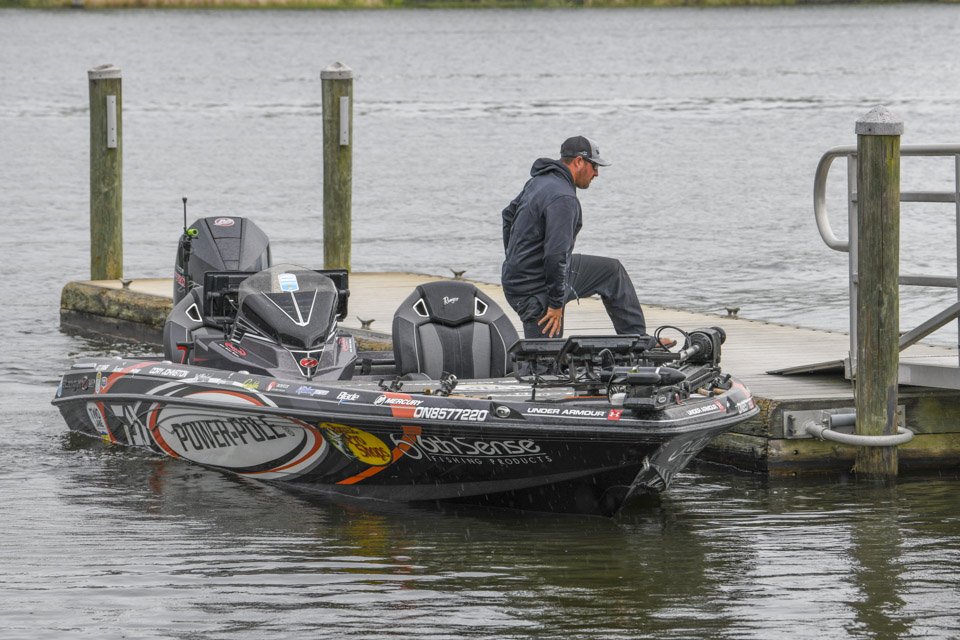
“This year everything is later; everything is basically shifting toward the end of the spawn.”
